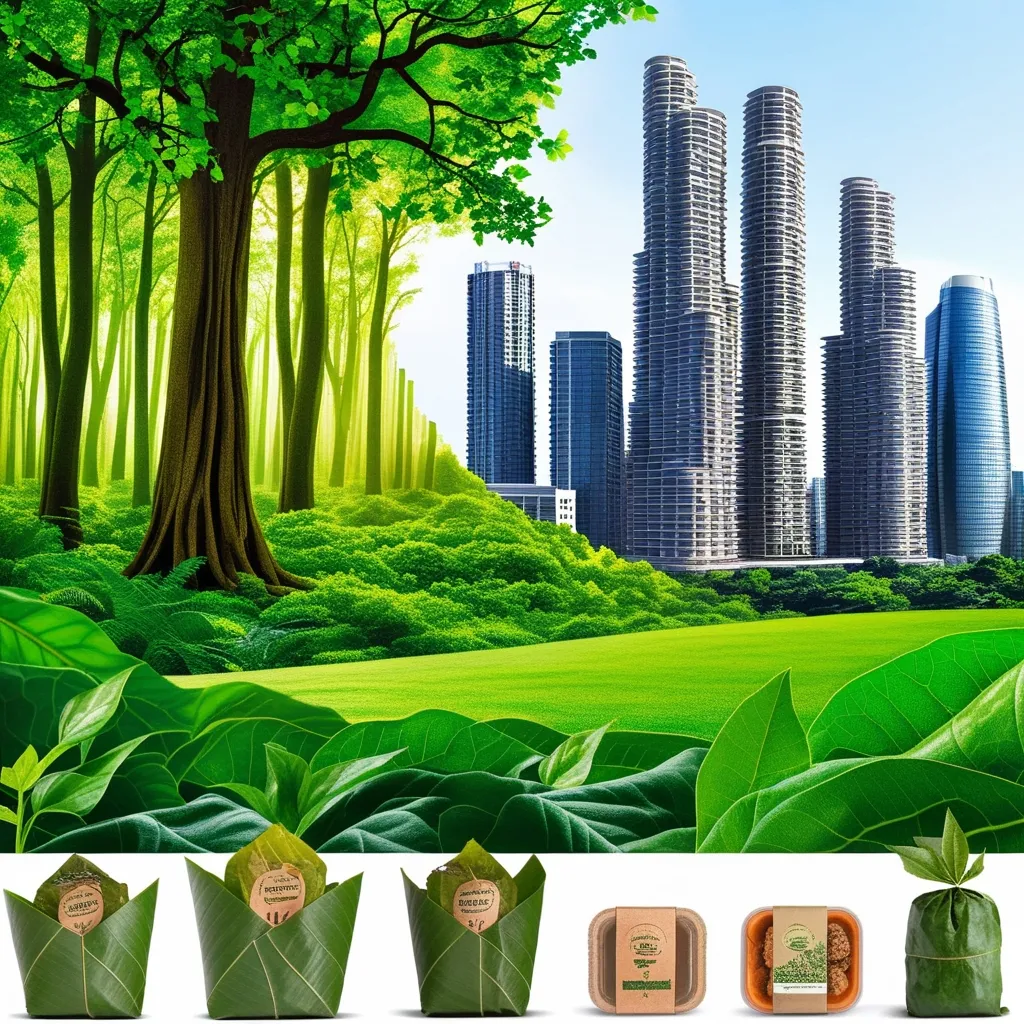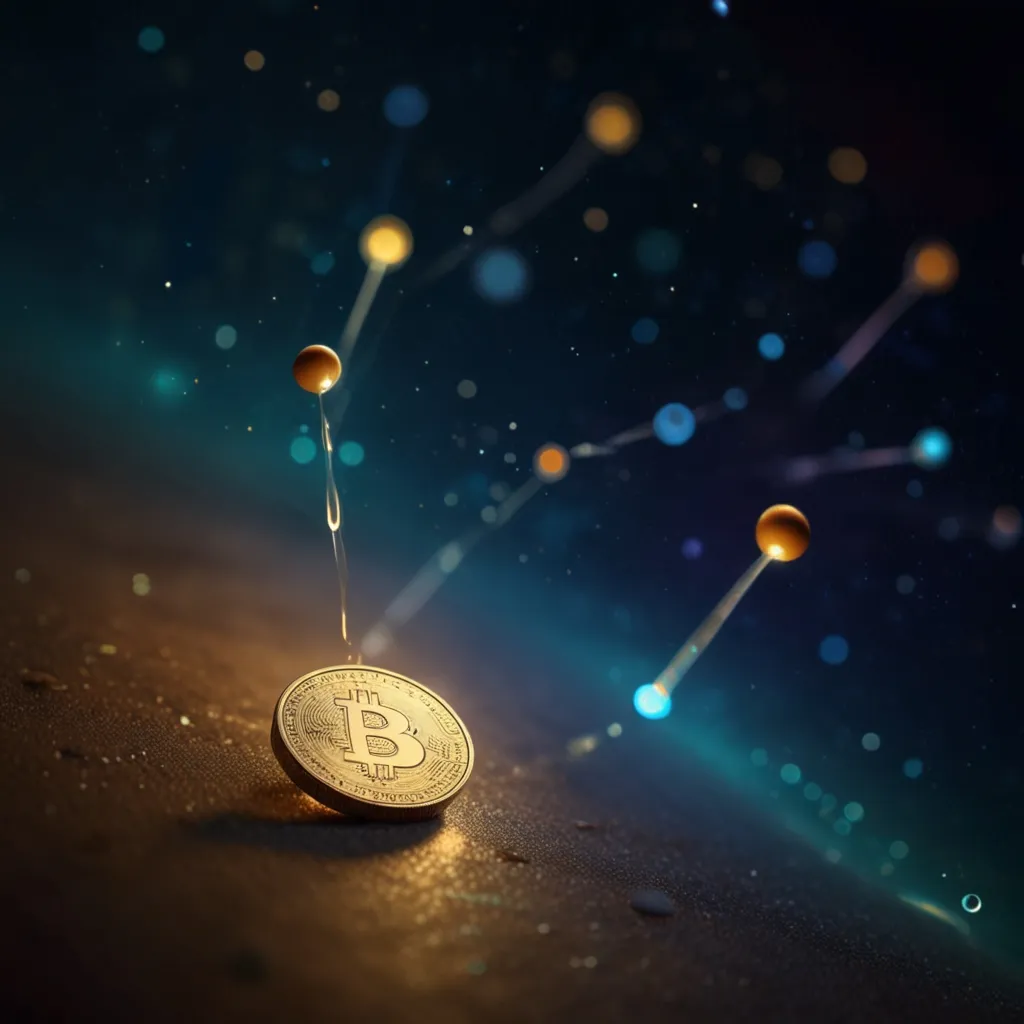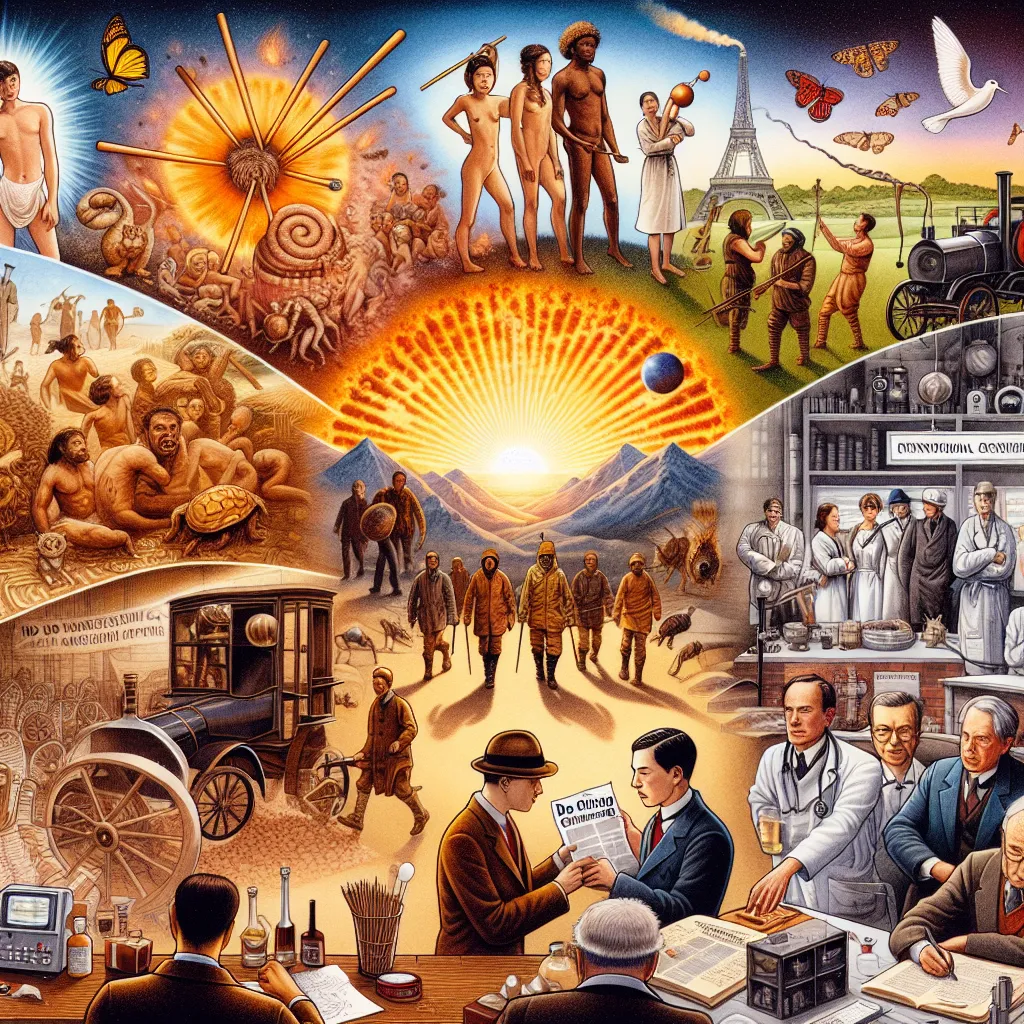The Future of Food Packaging: Nature’s Revolution
In the bustling world of food, a quiet revolution is taking place. It’s not about the latest superfood or a trendy diet. No, this revolution is happening right under our noses, or more accurately, around our food. We’re talking about packaging, folks. But not just any packaging – we’re diving into the world of bio-based packaging, where nature is lending a hand to solve our plastic problem.
Let’s face it, we’ve got a bit of a plastic addiction. It’s everywhere, wrapping up our sandwiches, holding our drinks, and keeping our snacks fresh. But here’s the kicker – all that plastic is causing some serious trouble for our planet. It’s clogging up our oceans, harming wildlife, and sticking around for way longer than we’d like. So, what’s the solution? Enter bio-based packaging.
Now, you might be thinking, “Bio-what now?” Don’t worry, it’s not as complicated as it sounds. Basically, we’re talking about packaging made from stuff that grows – things like corn, soybeans, and even leftover plant bits. It’s like nature’s way of saying, “I got you, fam.”
The cool thing about bio-based packaging is that it’s not just a one-trick pony. These materials can be molded, shaped, and transformed into all sorts of packaging solutions. Imagine a world where your takeout container is made from corn, your coffee cup from sugarcane, and your grocery bag from potatoes. It’s not science fiction – it’s happening right now.
But why is this such a big deal? Well, for starters, it’s all about that carbon footprint. You know, that invisible trail of greenhouse gases we leave behind with everything we do. Traditional plastics are like the gas-guzzling SUVs of the packaging world – they use up a ton of energy and leave a massive carbon footprint. Bio-based packaging, on the other hand, is more like a bicycle – it gets the job done with a much lighter touch on the environment.
Take Lego, for example. Yeah, those colorful bricks that have been torturing bare feet for generations. They’re making a bold move to use bio-based resins in their products by 2030. It’s not just about being eco-friendly; it’s about setting an example for others to follow. Even luxury car makers like Porsche are getting in on the action, swapping out fancy composites for natural fibers like hemp. Who would’ve thought that the same plant that makes rope could make your sports car more recyclable?
Now, before we get too carried away, let’s pump the brakes a bit. Bio-based packaging isn’t all sunshine and rainbows. It’s got its fair share of challenges. For one, it’s still pricier than traditional plastics. It’s like choosing between organic and regular produce – you know the organic stuff is better, but your wallet might disagree.
There’s also the durability issue. Some bio-based materials aren’t as tough as their plastic counterparts. Imagine your eco-friendly water bottle dissolving in the rain – not ideal, right? But don’t worry, scientists and engineers are working overtime to make these materials tougher and more resilient.
Another hiccup is the food vs. fuel debate, but with a packaging twist. Using crops like corn for packaging means less corn for food. It’s a tricky balance, but clever folks are finding ways around it, like using non-food crops and agricultural waste.
Despite these challenges, the bio-based packaging train is picking up steam, and fast. Companies are pouring money into research, trying to make these materials better and cheaper. There’s even a project called Films for Future (F3) that’s working on a new kind of packaging film made from cellulose. It’s like they’re trying to wrap the future in a cocoon of sustainability.
And it’s not just about making new stuff. Some smart cookies are mixing bio-based materials with recycled plastics. It’s like the ultimate recycling smoothie – a bit of new, a bit of old, all blended together to create something sustainable and useful.
Now, you might be wondering, “Why all this fuss now?” Well, it’s not just because it’s the right thing to do (although that’s a big part of it). Governments are starting to crack down on wasteful packaging. The European Union, for instance, is getting stricter about what can be called “bio-based.” It’s like they’re the bouncers at Club Sustainability, checking IDs and making sure only the real eco-friendly materials get in.
But it’s not just about following rules. People like you and me are demanding better. We’re starting to realize that our choices matter, and we want products that align with our values. Companies are taking notice, especially in fancy markets like fashion and cars. They’re willing to shell out extra cash for sustainable materials because they know we care about this stuff.
Looking ahead, the future of food packaging is looking pretty green – and not just in color. The potential market for bioplastics is mind-boggling – we’re talking about replacing over 500 billion pounds of plastic used globally each year. That’s a lot of potential for positive change.
Companies that jump on this bio-bandwagon early are setting themselves up for success. It’s not just about saving the planet (although that’s a pretty good reason); it’s also about staying ahead in a world that’s increasingly focused on sustainability. It’s like being the first kid on the block with a new toy – everyone’s going to want to play with you.
So, what does all this mean for you and me? Well, in the not-so-distant future, we might find ourselves unwrapping our favorite snacks from packages that used to be part of a cornfield. Our takeout might come in containers that can be tossed in the compost bin along with our banana peels. And when we’re done with our eco-friendly water bottles, we might be able to plant them and watch them grow into flowers.
It’s a future where our food packaging doesn’t outlive us or harm the planet. A future where nature provides not just the food we eat, but the very packaging it comes in. It’s a circular, sustainable vision that’s both exciting and necessary.
Sure, we’ve got some hurdles to overcome. These new materials need to get tougher, cheaper, and more widely available. But with every passing day, we’re getting closer to that reality. Scientists are working hard, companies are investing, and consumers (that’s us!) are demanding change.
In the end, this revolution in food packaging isn’t just about swapping one material for another. It’s about rethinking our relationship with the products we use and the waste we create. It’s about recognizing that nature has some pretty clever solutions if we’re willing to look.
So, the next time you unwrap a snack or open a package, take a moment to think about where it came from and where it’s going. And who knows? Maybe soon, that wrapper will have a second life as a flower in your garden. Now that’s food for thought.






